Emory University selected by National Cancer Institute (NCI) for participation in elite national network for cancer therapeutic discovery
On Oct. 2, 2017, Emory University was selected by the National Cancer Institute (NCI) for participation in an…
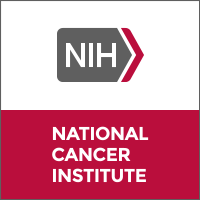
On Oct. 2, 2017, Emory University was selected by the National Cancer Institute (NCI) for participation in an…

On Oct. 2, 2017, Emory University’s Center for Selective C-H Functionalization (CCHF) was awarded a $20 million grant…
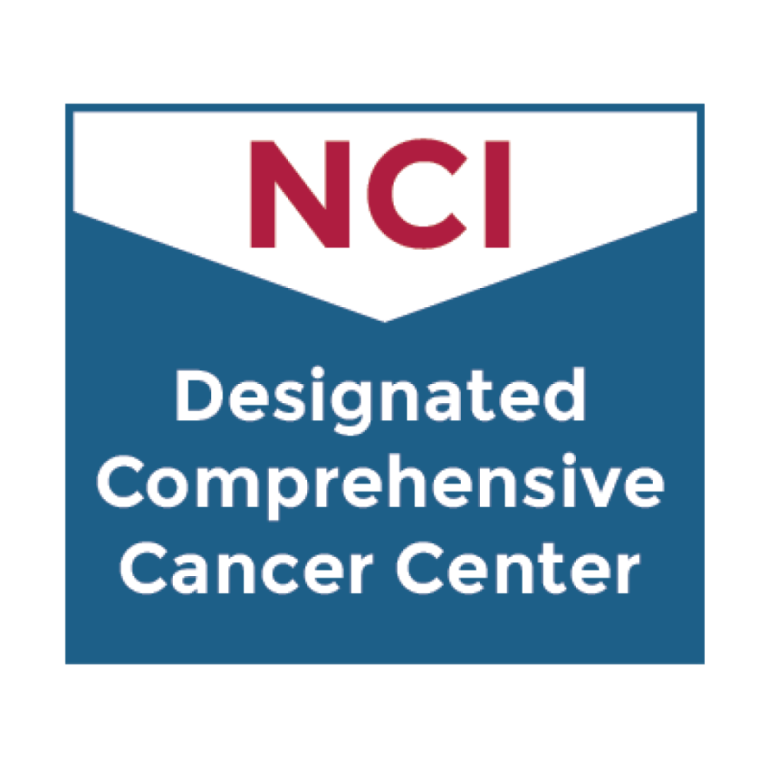
On May 15, 2017, Winship Cancer Institute of Emory University earned the prestigious comprehensive cancer center designation from…

On Mar. 15, 2016, the American Chemical Society awarded the Priestley Medal to Mostafa A. El-Sayed “to recognize…
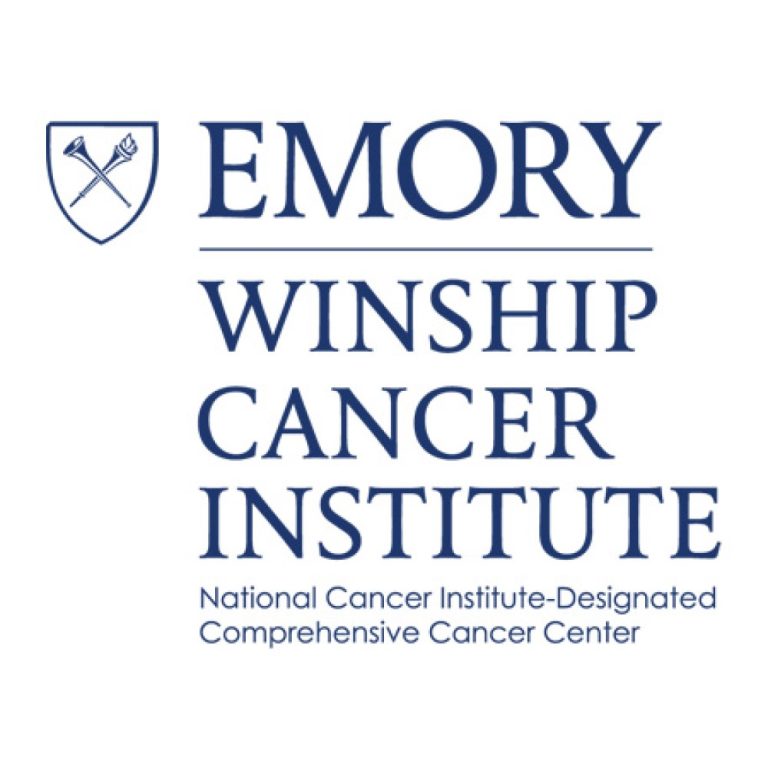
On Oct. 1, 2015, the National Cancer Institute (NCI) awarded a $2.8 million grant five-year grant to researchers…
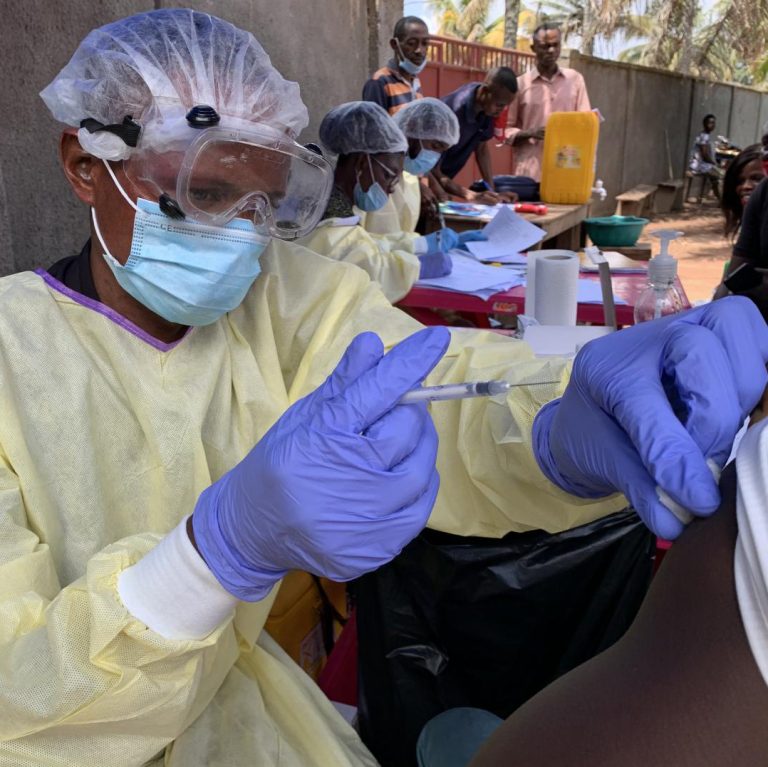
On Jul. 1, 2015, the UNMC/Nebraska Medicine, in collaboration with Emory University in Atlanta and Bellevue Hospital Center…
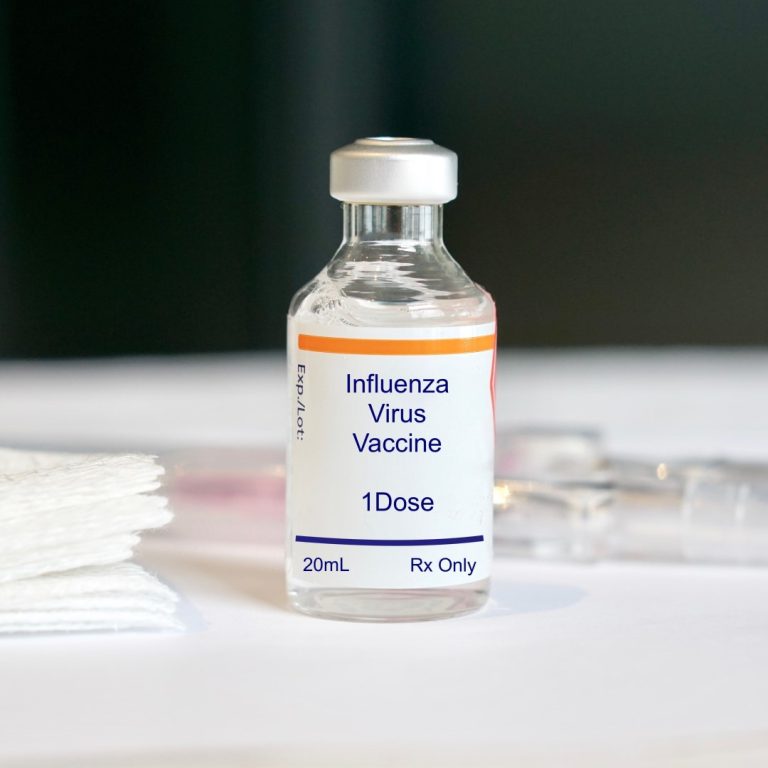
On Jul. 2, 2013, the U.S. Centers for Disease Control and Prevention (CDC) partnered with Association of Public…

ON May 16, 2012, the U.S. Senate unanimously passed a resolution (S. Res. 286) recognizing May 16, 2012,…
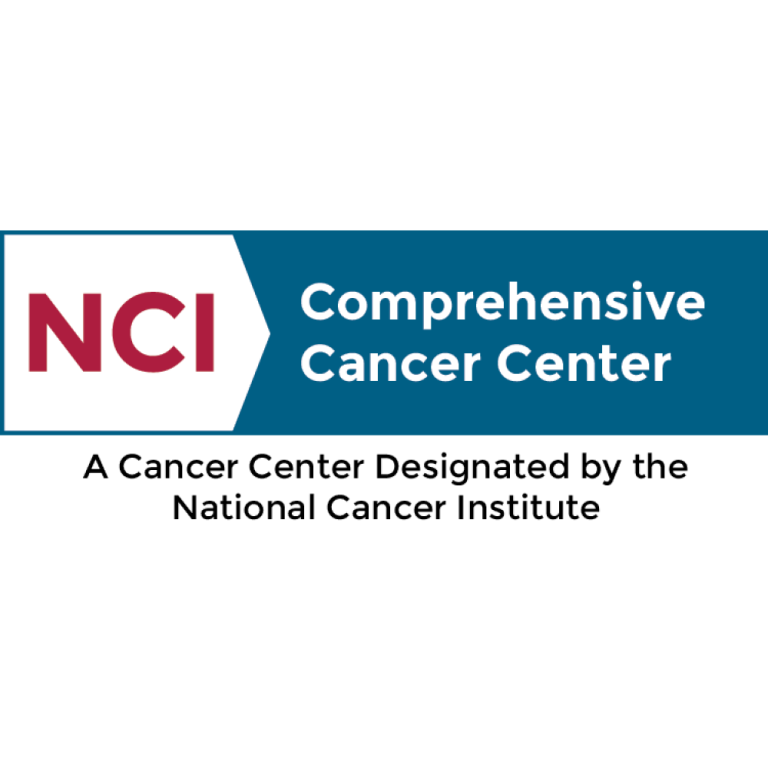
On April 29, 2009, the Winship Cancer Institute of Emory University received its National Cancer Institute (NCI) designation….

In Apr. 2009, the Winship Cancer Institute was designated a National Cancer Institute Cancer Center, the first medical…

In Mar. 2009, Emory University’s Chemical Biology Discovery Center became part of the NCI Chemical Biology Consortium (CBC),…

On Oct. 8, 2008, the National Institutes of Health (NIH) announced it had awarded the University of Georgia…

On Sept. 10, 2007, the National Cancer Institute (NCI) awarded a five-year, $12.5 million Specialized Program of Research…

In 2006, the Winship Cancer Institute received a $7.9 million P01 5-year grant from the Cancer Institute (NCI)…
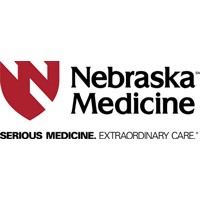
On Mar. 7, 2005, the CDC commissioned the Nebraska Biocontainment Unit at UNMC. The funding came from federal…

In 2005, The Center for Drug Discovery was established at the University of Georgia to fulfill a critical…

In 2005, the Georgia Legislature passed the Smoke Free Air Act, banning indoor smoking in publicly accessible buildings,…

In 2004, the University of Georgia Cancer Center was established, specializing in drug targets, diagnostic tests, cancer vaccines,…

In 2004, William Hagopian, M.D., Ph.D., launched The Environmental Determinants of Diabetes in the Young (TEDDY) study at…

On Sept. 29, 2003, Winship Cancer Institute (WCI) at Emory University received a $1.9 million National Cancer Institute…

On Sept. 4, 2003, the National Center for Research Resources (NCCR) awarded a $6.7 million grant to the…

In Sept. 2003, Emory’s Winship Cancer Institute opened a new, 280,000-square-foot, state-of-the-art facility, adding new research and high-tech…
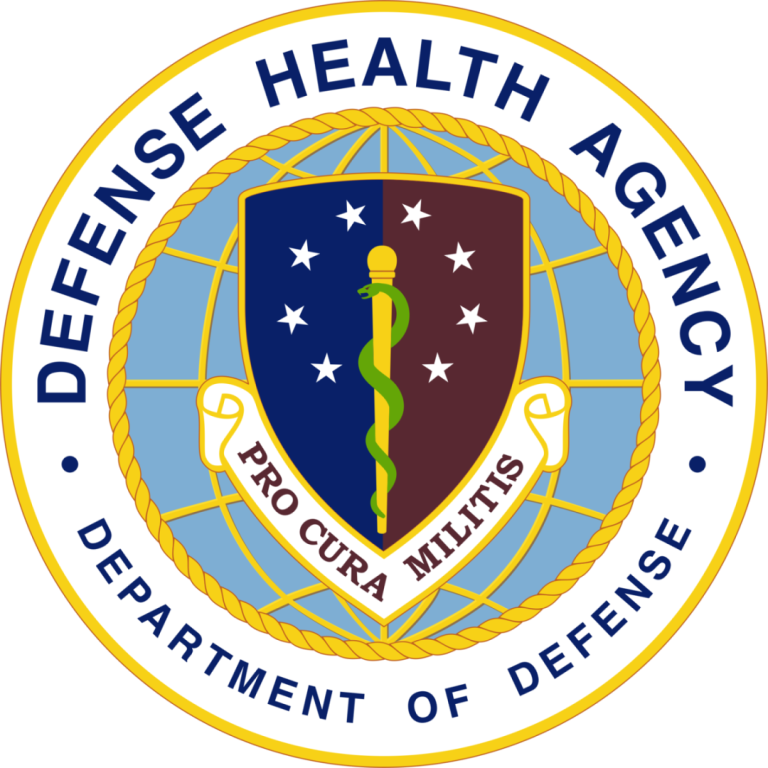
On Mar. 24, 2003, the Winship Cancer Institute at Emory University announced it had received a $10 million…
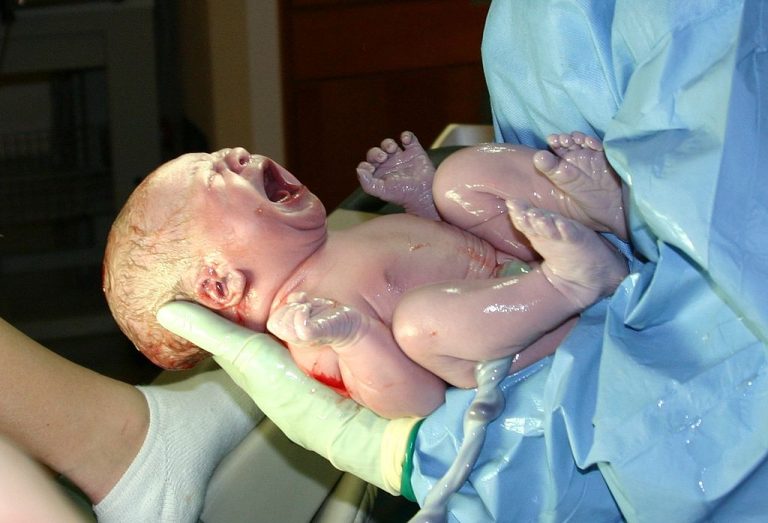
On Jul. 9, 2002, the U.S. Centers for Disease Control and Prevention (CDC) reported newborn HIV infection reductions…

On Feb. 11, 2002, three leading national health organizations announced they had committed $15 million to establish the…

In 2001, the Regional Cancer Coalitions of Georgia were created by the General Assembly and Governor to ensure…
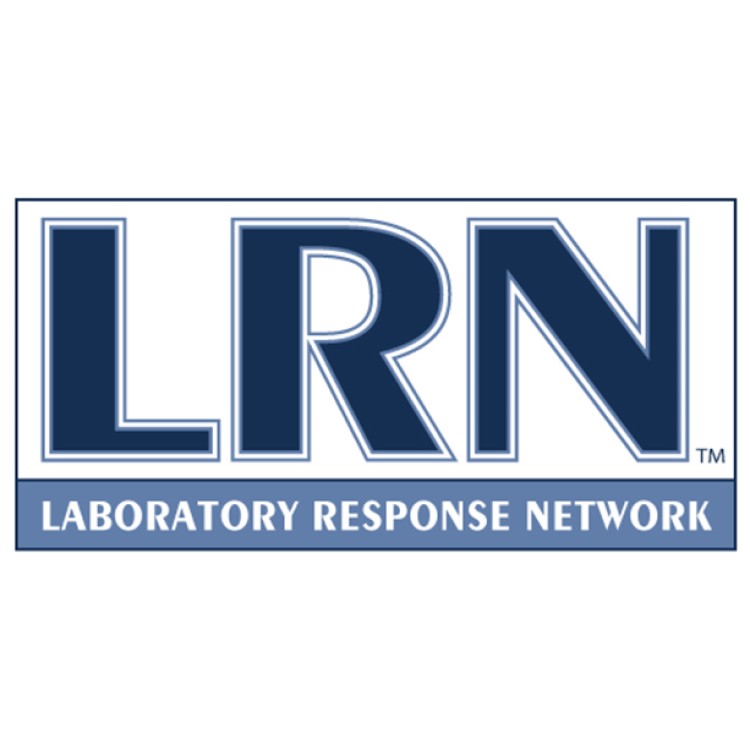
In 1999, the U.S. Centers for Disease Control and Prevention (CDC) established the Laboratory Response Network (LRN). The…
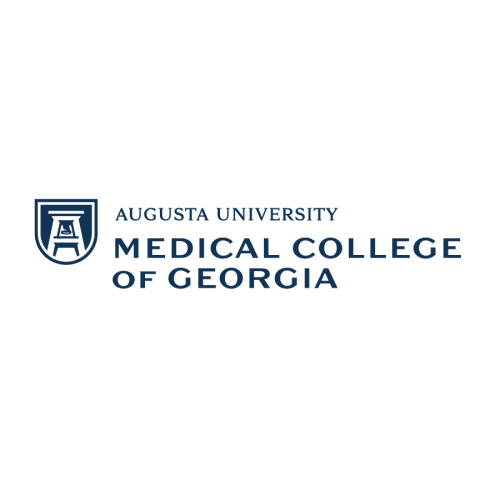
On Sept. 8, 1998, the Medical College of Georgia researchers Dr. David Munn and immunologist Andrew Melllor identified…

On Jan. 1, 1995, Georgia’s Comprehensive Cancer Registry was established. The Registry became gold certified in 2002 following…

In 1995, Ivan R. Sabel was appointed president and CEO of Hanger Orthopedic Group. In 1968, Ivan R….